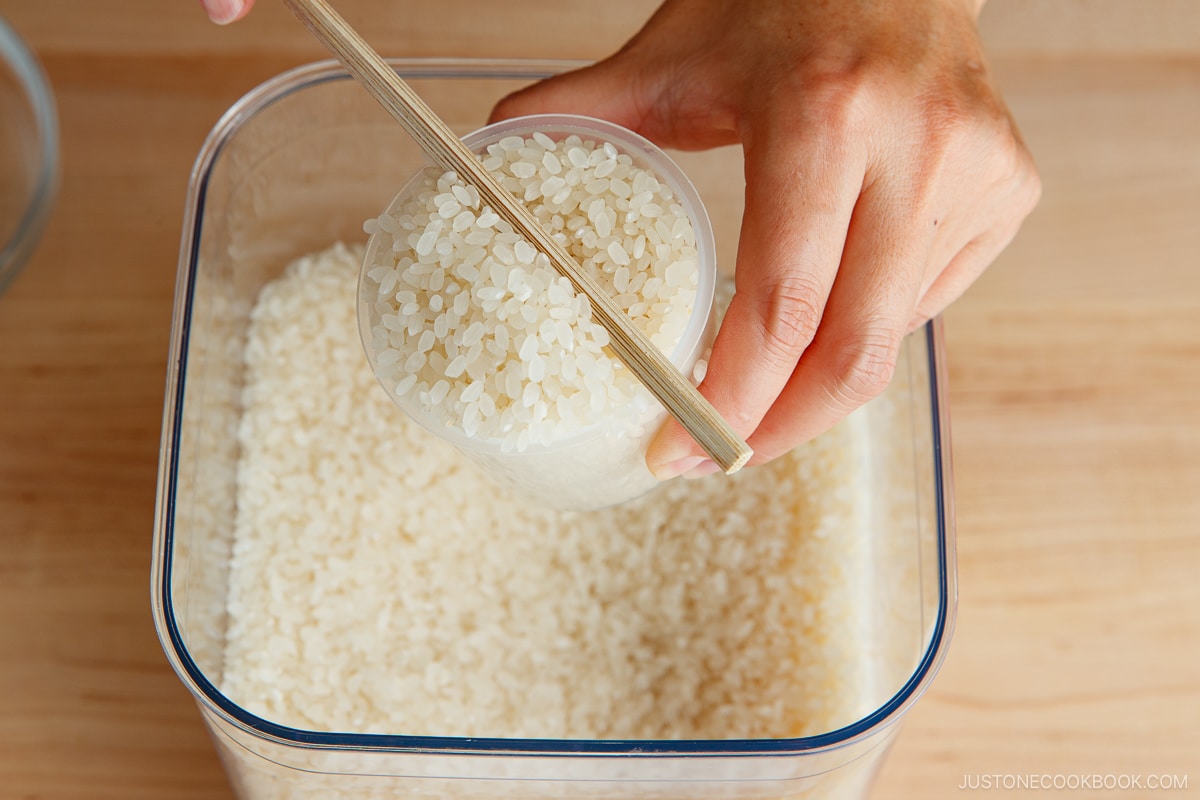In the realm of culinary exploration and dietary choices, rice stands as an ancient staple, bridging cultures and cuisines across the globe. Whether it’s paired with savory curries, used as a base for sushi, or simply enjoyed on its own, rice offers not just sustenance but also a canvas for culinary creativity. However, as with any food, understanding its nutritional content is paramount, especially when it comes to calorie intake. In this exploration, we delve into the world of rice, focusing specifically on the caloric content of 1 cup of uncooked rice.
Breaking Down the Basics
Before we dive into the caloric intricacies, let’s establish a foundation. When we talk about rice, we encounter various types, each with its unique flavor, texture, and nutrient profile. The most common varieties include white rice, brown rice, jasmine rice, basmati rice, and wild rice, among others.
Calories in 1 Cup of Uncooked Rice
Now, let’s get to the heart of the matter: the caloric content of 1 cup of uncooked rice. The caloric value can vary based on the type of rice. Here’s a general breakdown:
White Rice: On average, 1 cup of uncooked white rice contains approximately 675 calories. However, this value may vary slightly depending on factors such as grain length and processing methods.
Brown Rice: Considered a healthier alternative due to its higher fiber content and more intact nutritional profile, 1 cup of uncooked brown rice typically contains around 640 calories. The presence of the bran layer in brown rice contributes to its slightly lower calorie density compared to white rice.
Jasmine Rice and Basmati Rice: These aromatic varieties are popular for their fragrance and flavor. 1 cup of uncooked jasmine or basmati rice usually contains a comparable calorie count to white rice, averaging around 675 calories per cup.
Wild Rice: Technically not a true rice but rather the seed of aquatic grasses, wild rice offers a distinct nutty flavor and chewy texture. 1 cup of uncooked wild rice contains approximately 600 calories.
Understanding Caloric Impact
Calories serve as a measure of energy derived from food, essential for fueling our daily activities and bodily functions. However, it’s crucial to recognize that not all calories are created equal. The nutritional value accompanying those calories plays a significant role in determining a food’s overall healthfulness.
Considerations Beyond Calories
While calories provide valuable insight into the energy content of food, they offer just one piece of the nutritional puzzle. When evaluating the healthfulness of rice or any food item, it’s essential to consider other factors, including:
Nutrient Profile: Rice, particularly brown rice, contains essential nutrients such as fiber, vitamins, and minerals. These nutrients contribute to overall health and well-being.
Glycemic Index: The glycemic index (GI) indicates how quickly a food raises blood sugar levels. Choosing rice with a lower GI, such as brown or wild rice, can help maintain steady blood sugar levels and promote satiety.
Portion Size: While 1 cup of uncooked rice provides insight into its caloric content, the portion size consumed and cooking method can significantly impact calorie intake. Be mindful of serving sizes to maintain a balanced diet.
Preparation Methods: How rice is prepared can influence its nutritional profile. Opting for healthier cooking methods such as steaming or boiling over frying helps retain nutrients and minimize added fats.
Conclusion
In conclusion, understanding the caloric content of 1 cup of uncooked rice offers valuable insight into its energy density and nutritional composition. While rice serves as a versatile and accessible dietary staple, it’s essential to approach consumption mindfully, considering factors beyond just calories. By incorporating a variety of rice types, practicing portion control, and prioritizing nutrient-rich options, you can enjoy the culinary delights of rice while supporting your overall health and well-being.

